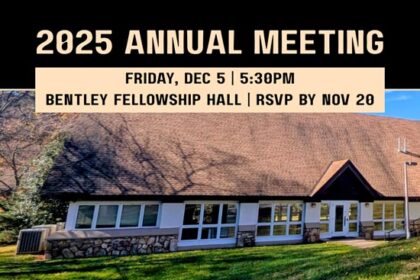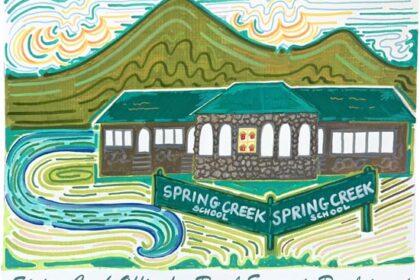
Trains and the Transformation of Western North Carolina
Exhibition dates: June 27, 2015 – January 31, 2016
The romance and realism of mountain railroading comes alive in the new exhibition opening at Mars Hill University’s Rural Heritage Museum.
“How the West Was Won: Trains and the Transformation of Western North Carolina” tells the story of the coming of the railroads after the Civil War and the impact they had on the life, economy, culture, folklore, music and landscape of the mountains.
Using videos, narratives, historic photos and artifacts—including the bell off of the last steam engine that ran on Southern Railway–visitors can view the history of rail in the region and learn about the high drama surrounding the construction of the Old Fort and Clinchfield Loops, the dangers of building the steepest mainline railroad grade in America on Saluda Mountain, and the despair that came with the loss of so many lives on these mountain railroads.
A century old velocipede—a one person track inspection vehicle pedaled by its operator while looking for washouts and rail defects—will be on display with historic rail lamps, a caboose stove, the telegraph key from the original Marshall Depot, and a reconstructed interior of a mountain railroad depot.
The exhibition will show how the arrival of the rails from Spartanburg, Salisbury and East Tennessee reshaped the mountains by bringing in outside investors who launched large scale mining and logging operations that scarred the landscape and left hillsides denuded. At the same time, the railroads exported the raw materials of the mountains; it brought in middle and upper class tourists by making the mountains accessible to travelers.
The exhibit highlights the arrival of such distinguished guests as George Washington Vanderbilt and his mother who first visited Asheville in 1887 and panels show how tourism burgeoned along the railroad right of way in towns such as Hot Springs, Hendersonville, Black Mountain and Waynesville.
The demise of passenger trains is chronicled in the exhibition, but recent efforts to restore the service by the Western North Carolina Rail Corridor Committee are on display. The return of the “varnish”—one of the railroad terms presented in the “Slanguage” section of the exhibition—will be part of a panel and information on current rail excursions. Young visitors to the exhibition will be provided with a “railroad word scramble” and crossword games.
The Rural Heritage Museum is open daily (except Mondays) from 11 a.m. to 5 p.m., and by appointment. It is located in Montague Hall, on the campus of Mars Hill University. From Asheville, it is a 20 minute drive north on I-26 to exit 11, then left on Rt. 213, 1.3 miles to the campus of Mars Hill University. The Museum is on the right, one block past the stoplight. Admission is free.
For more information or to reserve a group tour, please call (828) 689-1400. Visit the Museum’s website: www.mhu.edu/museum or Facebook page.








